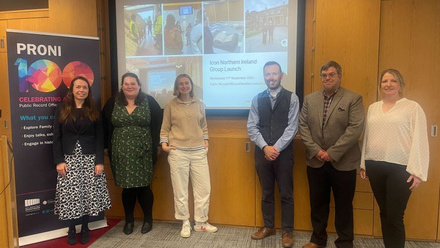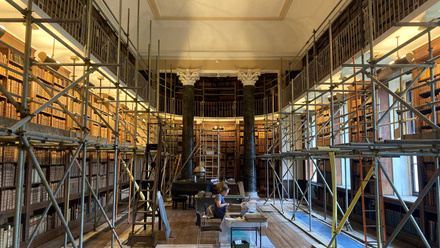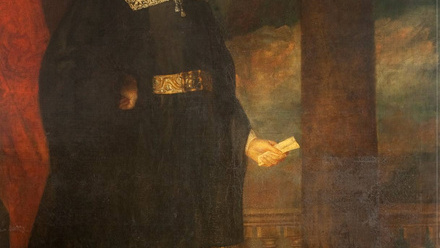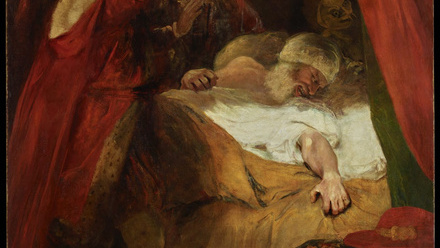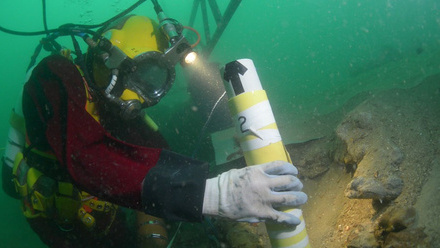Saving the Silent Hero: Conserving a D-Day Mine Detector
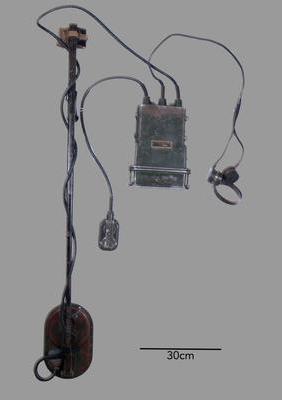
One of such objects is the No.4 Mine Detector which is on display at the D-Day section of Conflict in Europe gallery at the National Army Museum. The Mine Detector recently underwent conservation work by Icon Member, conservator Joshua Seymour.
In preparation for the Allies advance, Germany placed over 5 million mines across the 'Atlantic Wall' on the beaches, roads, and fields. Naturally, for the Allies in this situation the mine detectors were crucial in the success of the operation and were used for mapping out and clearing the beaches.
The conservation work was challenging because it is essentially four separate objects held together with thick wiring, those being the detector; frequency adjuster; headset; and battery pack.
Joshua Seymour describes the challenge this way:
"The key challenge was flaking paint across the detector’s arm which I was able to consolidate. All components had some extent of steel corrosion which I reduced with steel wool. The battery was covered in excess grease which I cleaned away as it had gathered a large amount of dust. Finally, the rubber earpads of the headset had gone sticky, so I reduced this and cut a barrier layer for the contact point between the two."
The exhibition team wanted the mine detector to be displayed as it was used - hovering over a mine. For this purpose, a mount was created. This allowed the object to be demonstrated with all the components visible. When the detector was in the storage, the main cable was loose, lying next to the object. But according to an old field manual the wire is supposed to coil around the shaft. With additional barrier layers added for support, the object was displayed as described in the manual.
Joshua Seymour comments: "I found this object a rewarding experience. It helps in showing how complex Operation Overlord was and the range of challenges the Allies needed to overcome. I have two great grandfathers who took part in the Northwest Europe campaign and arrived on the beaches of Normandy. It was great to conserve a piece of history with a personal touch."
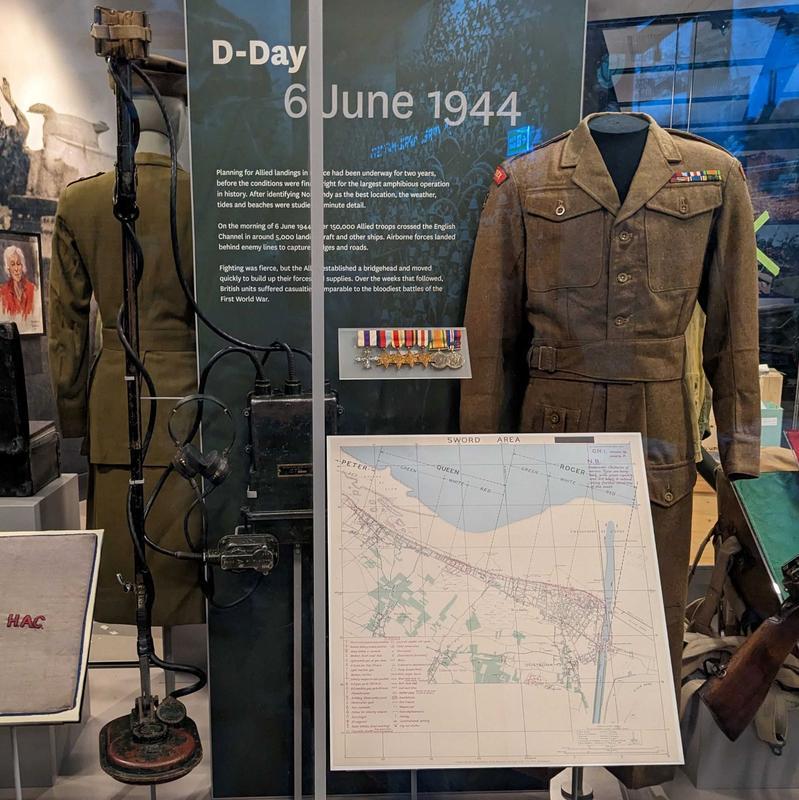
The No. 4 Mine Detector in the D-Day section of the Conflict in Europe gallery at the National Army Museum.
We thank Joshua Seymour and National Army Museum for providing the information about this project.


